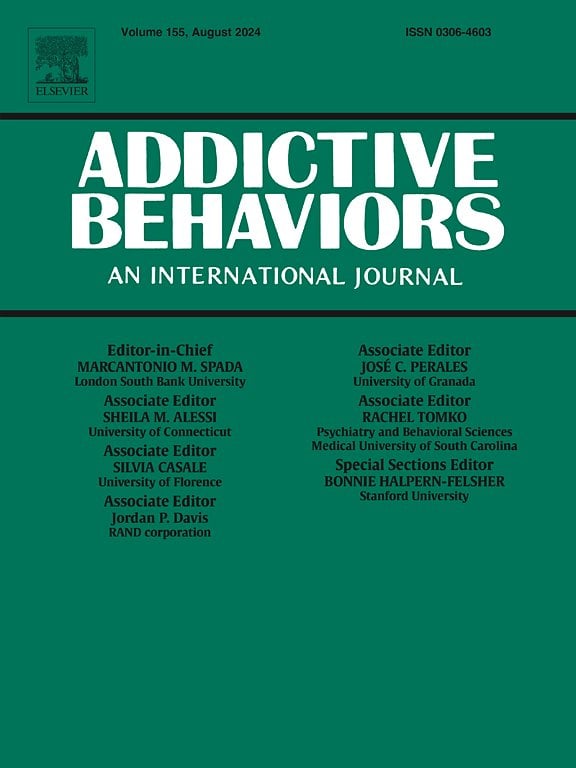Addictive Behaviors
Volume 156, September 2024, 108048
Comments: This appears to be the first paper to
- i) quantify pornographic binges and edging tendencies, and is the second paper to measure tab-jumping (after this 2020 paper).
- ii) separately index qualitative (content-related) vs quantitative (volume-related) tolerance.
- Findings confirm that all five of these usage patterns (which we referred to as ‘intensity indicators’ in this Scientific Reports paper) were relevant to PPU.
- Across the two samples (N1= 1,356, N2=944), quantitative tolerance statistically ‘bridged’/connected well-established PPU symptoms (e,g., impaired control) with the other forms of intensified use.
- Frequency of pornographic binges was particularly connected to mood-modification (i.e., using pornography to offset negative mood states).
Highlights
- Consumers of modern Internet pornography can upscale their usage in various ways.
- Pornographic binges, escalating volume/genres, tab-jumping and delaying orgasm appear relevant.
- Increasing volume (quantitative tolerance) may link other usage patterns with problematic use.
ABSTRACT
Modern internet pornography allows users to harness sexual novelty in numerous ways, which can be used to overcome desensitisation through increasing volume of use (quantitative tolerance), progressing to more stimulating genres (qualitative escalation), skipping between stimuli (tab-jumping), delaying orgasm (‘edging’), and engaging in pornographic binges. However, existing research has not yet evaluated how these potentially reciprocal consumption patterns relate to problematic pornography use (PPU). To this end, we recruited two independent samples of male pornography users (N1 = 1,356, Mage = 36.86, SD = 11.26; N2 = 944, Mage = 38.69, SD = 12.26) and examined the relationships between these behavioural dimensions and self-reported difficulties in controlling one’s pornography use. Data were analysed through the network analysis approach (using Gaussian graphical models). As hypothesised, quantitative tolerance was centrally placed within the overall network, and ii) acted as a statistical bridge node between other patterns of pornography use (e.g., pornographic binges), and all measured facets of PPU. Our results are consistent with other emerging literature suggesting that tolerance, pornographic binges, tab-jumping, and edging behaviours as relevant features of PPU, and that upscaling overall usage may connect broader patterns of use with problematic engagement. Clinical and theoretical implications, as well as future research directions, are discussed.
